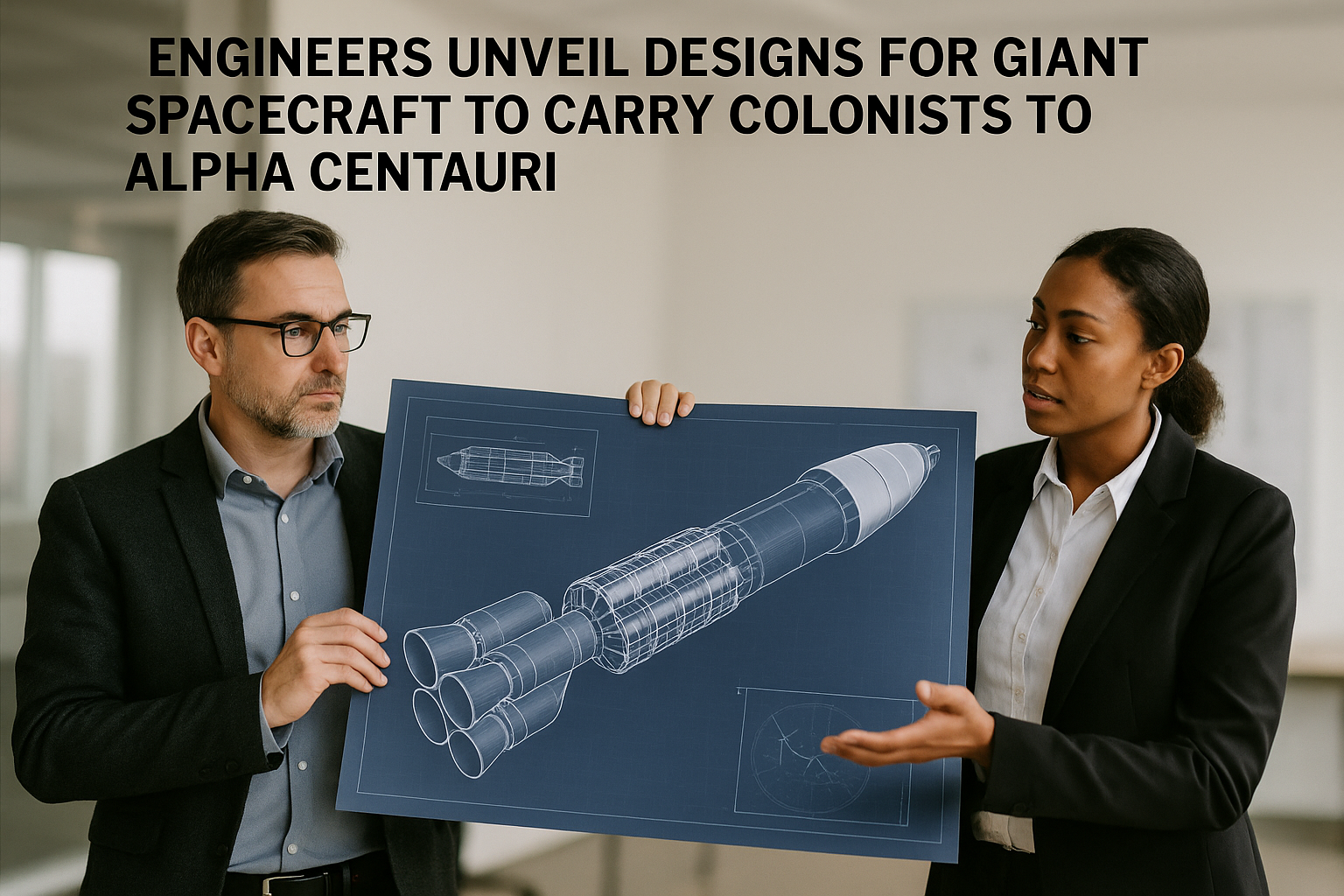
A team of engineers has unveiled an audacious design for a spacecraft named Chrysalis, which could one day carry up to 2,400 colonists to Alpha Centauri, the nearest star system to Earth. This visionary project recently clinched the top prize at the Project Hyperion Design Competition, an initiative by an international group of scientists, engineers, and urban planners.
Chrysalis, a massive 36-mile spacecraft, seems to be inspired by science fiction. It is designed to simulate Earth-like gravity through a constant rotation around its axis. The spacecraft is composed of several onion-like layers, each serving different functions essential for long-duration space travel.
The inner layers are dedicated to sustaining life, containing spaces for plants, microbes, and livestock, crucial for food production. Biodiverse environments such as tropical and boreal forests are included to ensure ecological balance. The second layer houses communal areas, while the third consists of 3D-printed dwelling modules for the colonists. The outermost layer serves as a storage area for machinery, equipment, and other vital resources.
A notable feature of Chrysalis is the “Cosmos Dome,” a remarkable structure that provides a zero-gravity environment, thermal insulation, and protection against deep space radiation. This dome allows inhabitants to safely gaze into the cosmos while experiencing weightlessness.
Chrysalis is envisioned to be powered by nuclear fusion reactors, a technology that, although promising, has yet to be practically implemented on Earth. This reliance on an undeveloped technology presents significant challenges to the project’s feasibility.
The Chrysalis design pushes the boundaries of space exploration and human colonization beyond our solar system. It reflects a growing interest in interstellar travel and highlights the potential for human habitation in space. This project emphasizes the need for sustainable ecosystems and biodiversity in long-duration space habitats.
Despite the enthusiasm, practical challenges remain, particularly concerning nuclear fusion technology. However, the Chrysalis concept could serve as inspiration for future innovations in space travel and habitation, blending science fiction with engineering ingenuity.
Some content for this article was sourced from futurism.com.






